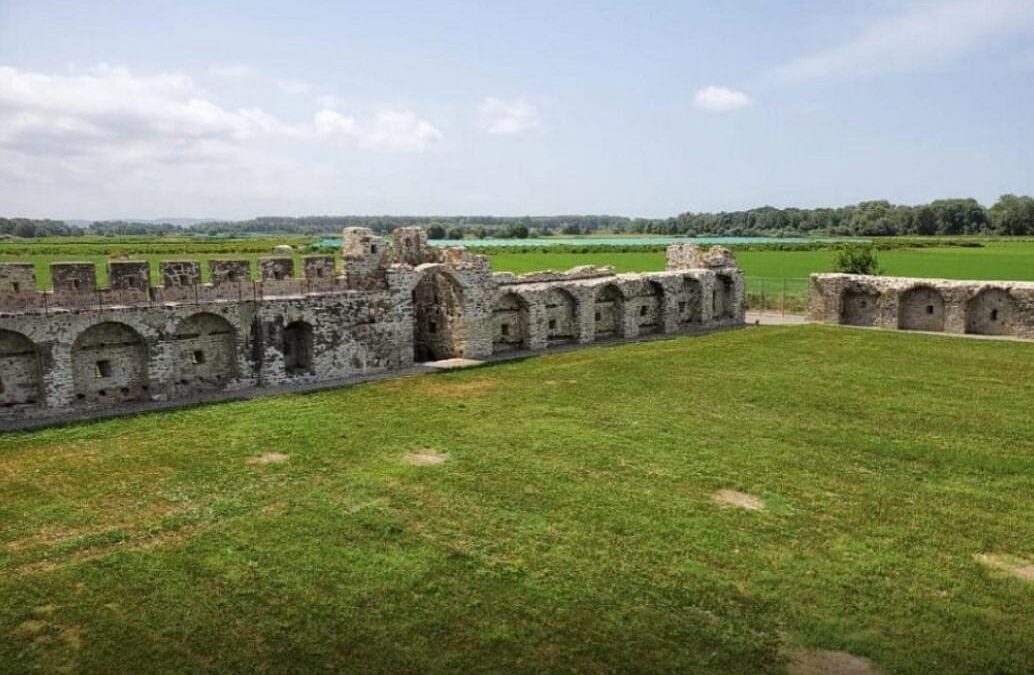The Castle of Bashtovë, about 70 kilometers southwest of Tirana, one of the most attractive cultural attractions in our country, where during the summer season a series of artistic programs and festivals take place, has been part of the restoration program for several years, as part of the “EU4Culture” project.
The Minister of Economy, Culture, and Innovation, Blendi Gonxhja, announced that architectural interventions are being carried out for the restoration and completion of the brick arches, the restoration of the damaged battlements, the restoration of the stone stairs, as well as the artistic lighting of the castle walls on the inside and the outside.
Works are also being carried out in the area of the walls, which are being cleaned and a part of the wall will be equipped with a metal parapet, to ensure the protection of visitors during movement on the wall, as well as the completion of one of the towers with a decorative metal structure and the closing of access to some parts of the wall where walking may be dangerous.
Collaboration with EU4Culture Albania and UNOPS Albania brings tangible results for the economy and communities, tourism, and the preservation of cultural and historical heritage assets.
Declared a first-category cultural monument in 1948, the Castle of Bashtovë is also on UNESCO’s tentative list as a World Heritage site.
The area where the castle is located was a trading center used by the Venetians. Later, during the Ottoman Empire, the castle was turned into a port with the function of protecting coastal trade. For this reason, Venetian and Ottoman architecture beautifully intertwine in the structure of the castle.
Located near the village of Vilë-Bashtovë at a distance of 3-4 km, north of the estuary of the Shkumbin River, the castle is encountered for the first time in a nautical map of the year 1521./ (July 8)
 go to the original language article
go to the original language article
